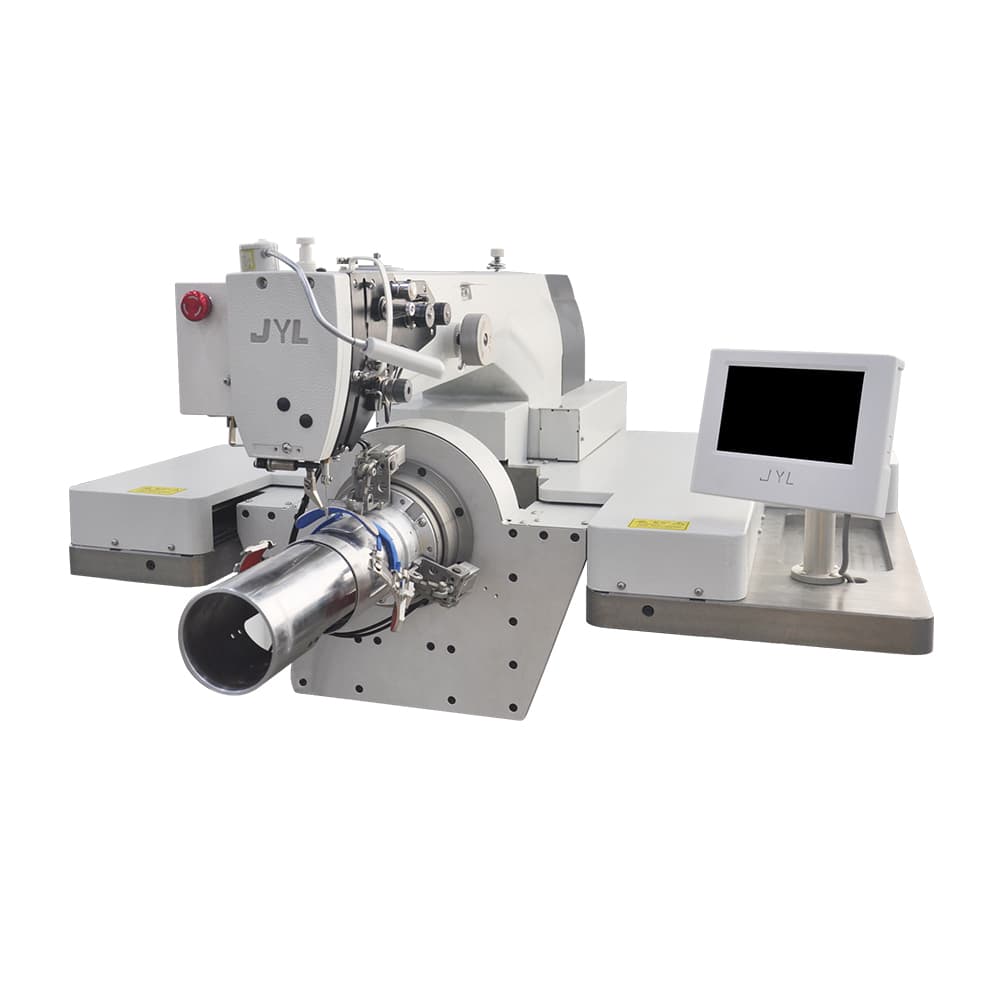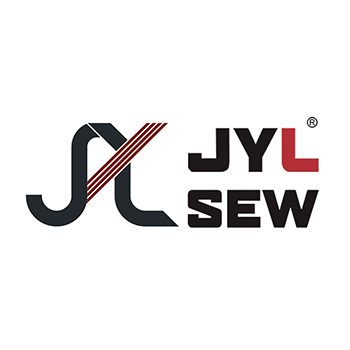Sewing Machine refers to the use of sutures (single, double or multiple) and machine needles to sew sewing materials (two or more layers of clothing, Leather Sewing Machine, paper, etc.), or to sew decorative threads on the sewing materials trace of the machine. For domestic, industrial and service use.
After the Industrial Revolution in the 18th century, the textile industry realized mechanized large-scale production, and the output of textiles increased sharply, which put forward an urgent requirement for the mechanization of sewing. We have Sewing Machine For Beginners on sale, you can check our website.
In 1790, St. Thomas, a British joiner, invented the world's first single-thread chain stitch hand sewing machine for punching holes, then threading, and sewing leather shoes. But its inventive design was not discovered until 1873. In 1841, French tailor B. Timonier invented and manufactured a chain stitch sewing machine with hooks and needles, which was used in a military uniform factory in Paris, but was destroyed by hand sewing workers. In 1845, with external financial support, he opened the world's first sewing machine factory and produced a sewing machine that could sew 200 stitches per minute. From 1832 to 1834, American mechanical worker W. Hunter invented the world's first lock stitch sewing machine that used two sutures and a horizontally swinging shuttle, and the needle tip with a threading hole, but he did not manufacture or apply for a patent. In 1844, American Elias Howe Jr. invented a lock stitch sewing machine similar to that invented by Hunter, and obtained a patent in 1846, but it was not adopted.
The machine needle and lock stitch sewing machine invented by Hunter and Howe are the key breakthroughs in the invention and application of sewing machines, which in turn promote the invention of sewing machines. 1845-1854 was the golden age of sewing machine invention, and many mechanisms invented at that time are still practical today. Such as the rotary shuttle, fixed shuttle and four-action feeding mechanism invented by A.B. Wilson. In 1851, after the American mechanical worker I.M. Singer independently designed and manufactured the lock stitch sewing machine, he immediately established the Singer Company to organize production, and obtained the US patent in 1853. At the same time, he continued to invent and purchase other invention patents, and continuously improved. his sewing machine.
Most of the sewing machines invented in the early days were hand-cranked. In 1859, Singer produced a pedal-operated household sewing machine. In 1879, Singer introduced the circular shuttle, which laid the foundation for the development of household and low-speed Industrial Sewing Machines. In the same year, American C. Fisher invented the Zigzag Sewing Machine. In 1889, Singer created the electric sewing machine. In 1940, the Swiss Elna company created a portable household sewing machine with a cylindrical base plate aluminum alloy casting case and a built-in electric motor. In the 1950s, the development of household Multifunctional Sewing Machines began. In the 1960s, the mechanical automation of industrial sewing machines was realized. In 1975, Singer invented the computer-controlled multifunctional household sewing machine, which was gradually used in industrial sewing machines.
If you want to know the Sewing Machine Price, you can contact us, we specialize in production, and you can consult us for more details.





